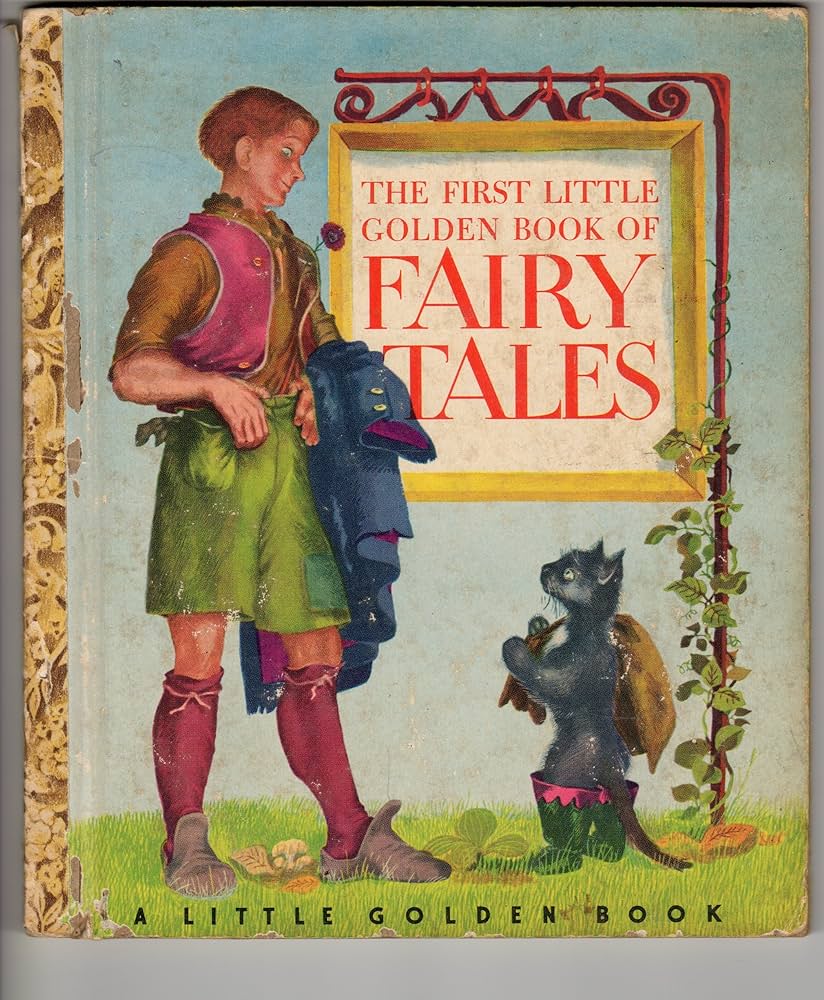I’m going to imagine the person reading my blog has never heard of the word “intertextuality” ever before in their life. So, what does it really mean? And how do people use it? In a straightforward definition, it can be described as a text borrowed from other texts. Expanding on its deeper significance, intertextuality involves the interaction between texts—more precisely, how one text may refer to, draw upon, or find inspiration from another.
Book definition
Eyman states, “understanding texts that are intertextuality as a rhetorical effect is more easily accomplished: contemporary users of Web-based discourse have at their fingertips resources that enable them to seek out information in the moment in order to fully understand and appreciate an intertextual reference.”( Eyman, pg 33-34)
Readers achieve this comprehension by recognizing intertextuality as an intentional rhetorical effect, where authors deliberately use language to achieve specific goals. In conclusion, the statement highlights how readers in the modern era may now more easily and quickly look up information thanks to the abundance of online resources, which helps them recognize and value the intertextual references found in the texts they come across in web-based communication.
WHAT ARE EXAMPLES OF INTERTEXTUALITY?
A variety of media, including advertising, music, movies, books, and other forms, feature examples of intertextuality. Many hip hop artists use the same beats or lyrics in their music from previous times. For example, the play Annie had first put out the song “It’s a hard knock life” in 1977. Decades later, Jay-Z sampled a song he created called Hard knock life that came out in 1998.
Fairy tales provide another example of intertextuality, with Charles Perrault widely credited as the first person to create a fairy tale. As we know many writers have made fairy tale stories. But is it plagiarism by using another writer’s ideas? It would be more accurate to state that fairy-tale motifs are a universal legacy with diverse cultural and national interpretations.
These illustrations show the variety of ways intertextuality appears in various media and cultural situations. It entails taking ideas from one book, referencing it, and changing it to give it new connections or meanings.





Leave a Reply